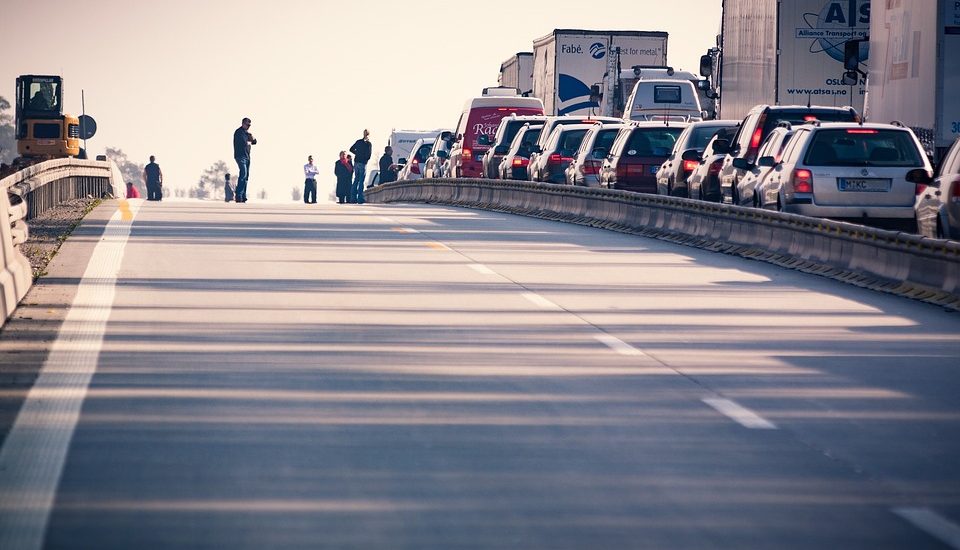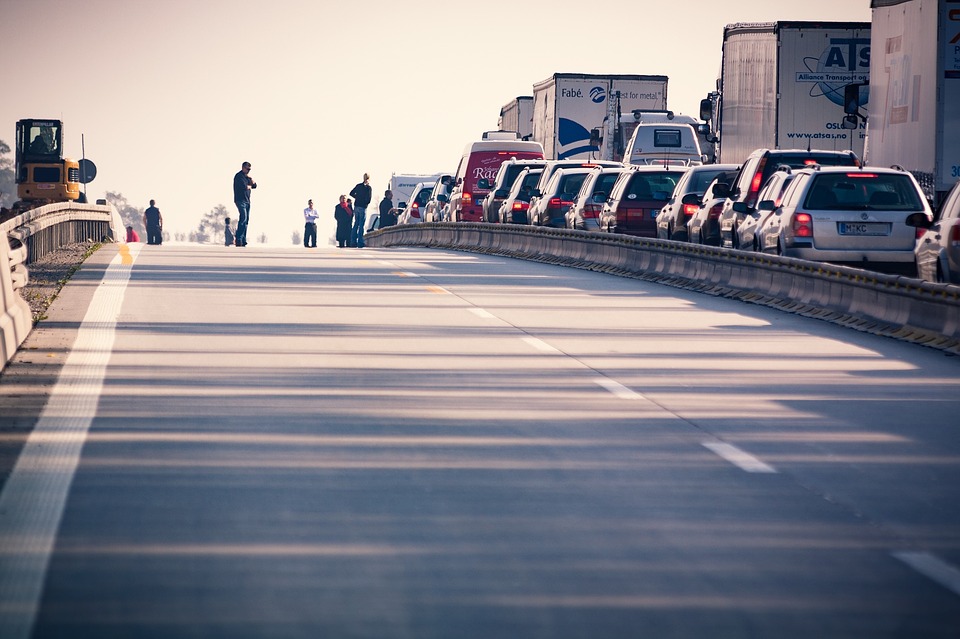In times of disaster, we need to be ready to react properly to make our escape and keep our families safe.
Recent catastrophes across the country are reminding us of the importance of the right driving techniques and travel tech accessories while making an emergency evacuation.
Wildfires raging across western American states and Hurricanes Harvey and Irma were powerful reminders.
When an evacuation order is issued, many people don’t react well. They pack the wrong things or make the wrong moves while behind the wheel. This isn’t just any road trip, after all. In these situations, carrying the right travel tech accessories and driving with the right mindset can make all the difference in the world.
Even above and beyond choosing the right travel tech accessories, stay calm and don’t panic.
In the case of a recommended or required evacuation, the key is to move quickly, but to do so calmly. Pay attention to instructions and the directions issued for your best evacuation route. Regardless of whether you’re headed to a friend or family member’s place, or whether you’re going to an evacuation shelter, use the recommended directions to get to where you want to be.
You will want to be able to pack the right things to bring with you in order to keep your family as comfortable and safe as possible. For this reason, keeping emergency supplies already packed in your car can help to save valuable time for making other last minute decisions and preparations. This can also help to ensure that you don’t accidentally leave something important behind.
Keep the following in your car’s emergency kit at all times:
• First aid kit
• Bottled water for each family member (to be refreshed every few months)
• A 3 day supply of prescription medications (kept fresh)
• A high capacity portable phone charger
• A water resistant mobile travel case with extra charger cables (you can keep the external phone battery here, too).
• A blanket or sleeping bag
• An auto emergency tool with flashlight, tire pressure gauge, glass hammer, seat belt cutter and tread depth gauge
• Booster cables
• Rain gear and change of clothes
• Matches and candles
• Small pop-top canned items and non-perishable foods (replaced appropriately to keep fresh)

